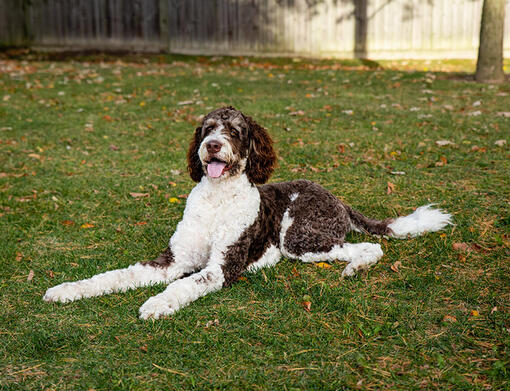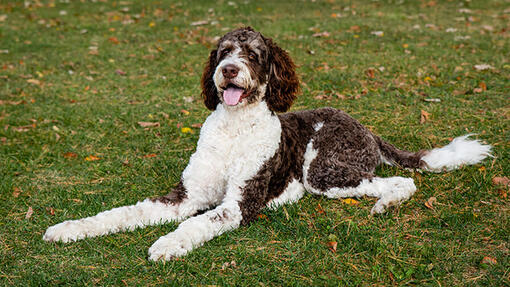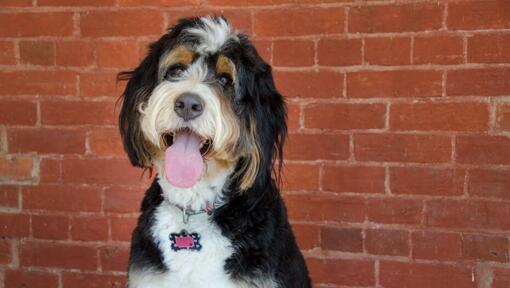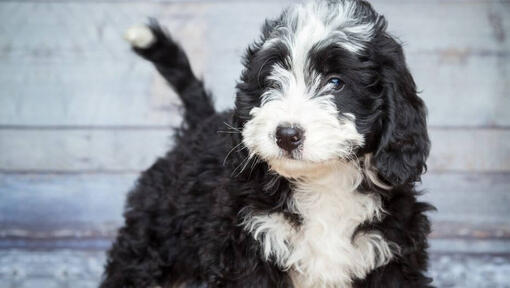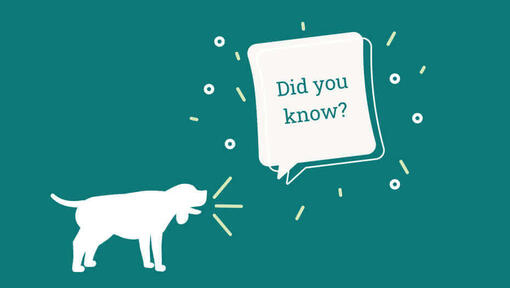The breeds that make up the Bernedoodle are the Bernese Mountain Dog and the Standard Poodle, but sometimes a Miniature Poodle is used to produce a smaller dog. The aim of this cross is to get a Bernese Mountain Dog type with the enchanting natures of both, that doesn’t shed or drool so much and lives longer.
In theory, the Bernedoodle can be a first cross (with one Bernese Mountain Dog parent and one Poodle parent), can be bred back to one of the original breeds or be two Bernedoodles bred together. In reality, this is a rare cross and as such is usually a first cross only (F1), so there is slightly more consistency in size, shape and temperament - but this depends on the breeder as such crossbreeds are often produced irresponsibly from ‘less than great’ parents or even parents of dubious breeding themselves.
If you are considering this cross, make sure you buy a puppy from a responsible and ethical breeder.

